Looking at or "hunting" for the Aurora Borealis is becoming an increasingly popular type of recreational activity on Russian territory within the Arctic Circle. There is even a special campsite organized some 50 kilometers from Murmansk, which consists of six igloo-shaped buildings with transparent panoramic walls to make the Northern Lights experience unforgettable.

Murmansk Region is one of the best places in Russia to go on the hunt for the Northern Lights.

This mind-blowing phenomenon can be observed here from the end of August until the beginning of May, while the air temperatures are below 10 degrees Celsius.
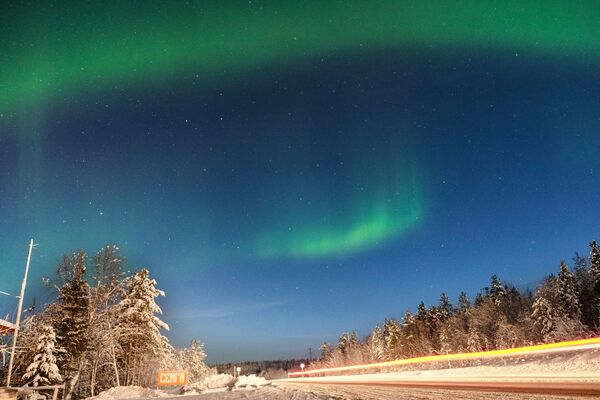
The ideal time to watch nature’s spectacular display is during high solar activity.
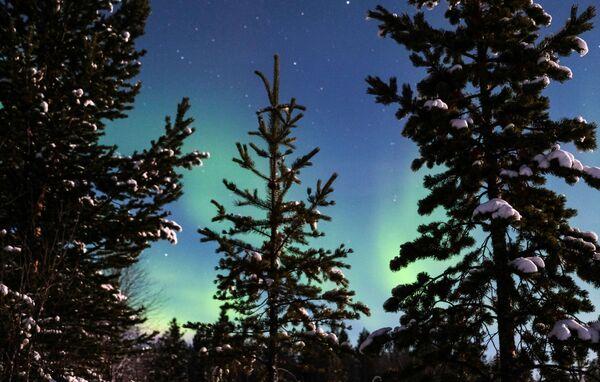
Auroras are the result of collisions between particles of gases in the Earth's atmosphere and charged particles of the solar wind.
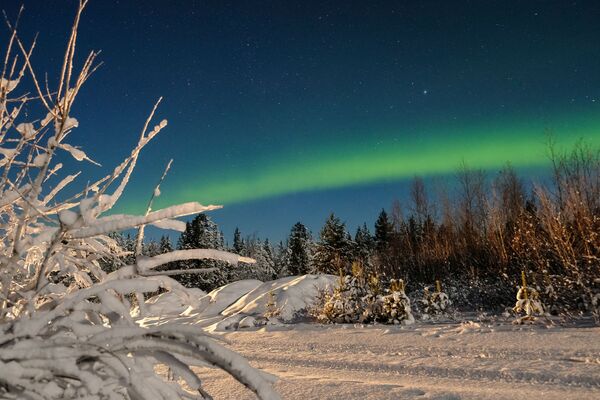
The most common neon-green color of the lights is produced by solar particles colliding with oxygen atoms.
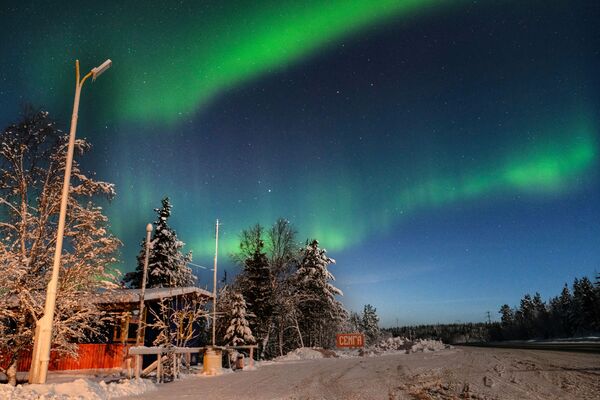
The Northern Lights are seen near the settlement of Lovozero in Murmansk Region, Russia, on January 4, 2018.

Auroras usually form at a very high altitude: the lower edge is produced about 60 km above the earth, while the upper one can spread as high as 960 km.
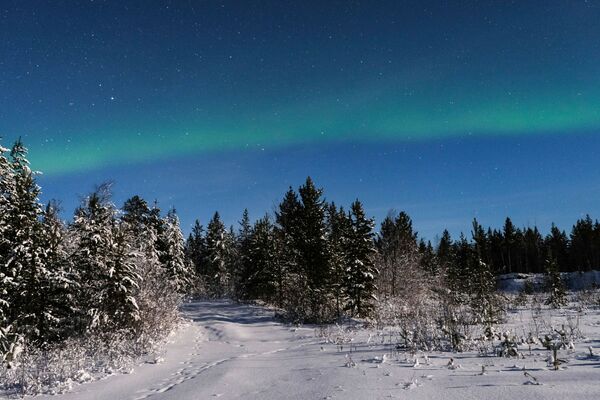
In Russia, the Northern Lights can also be observed in Arkhangelsk Region, Komi Republic, Republic of Karelia, Khibiny Mountains of the Kola Peninsula, Sakha Republic (Yakutia), Taimyr Peninsula and Yamal Peninsula.




